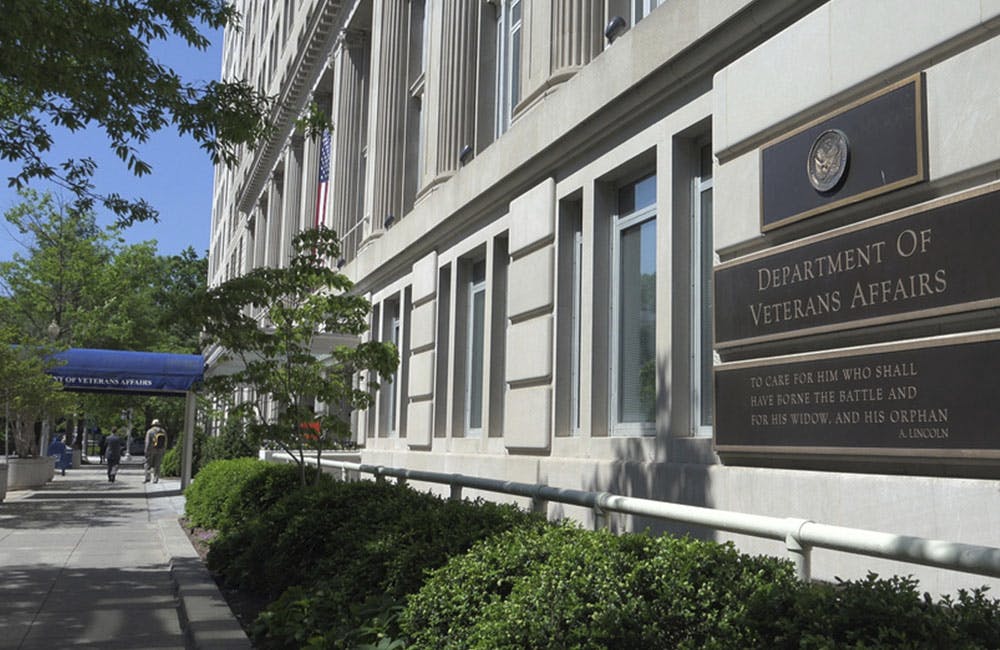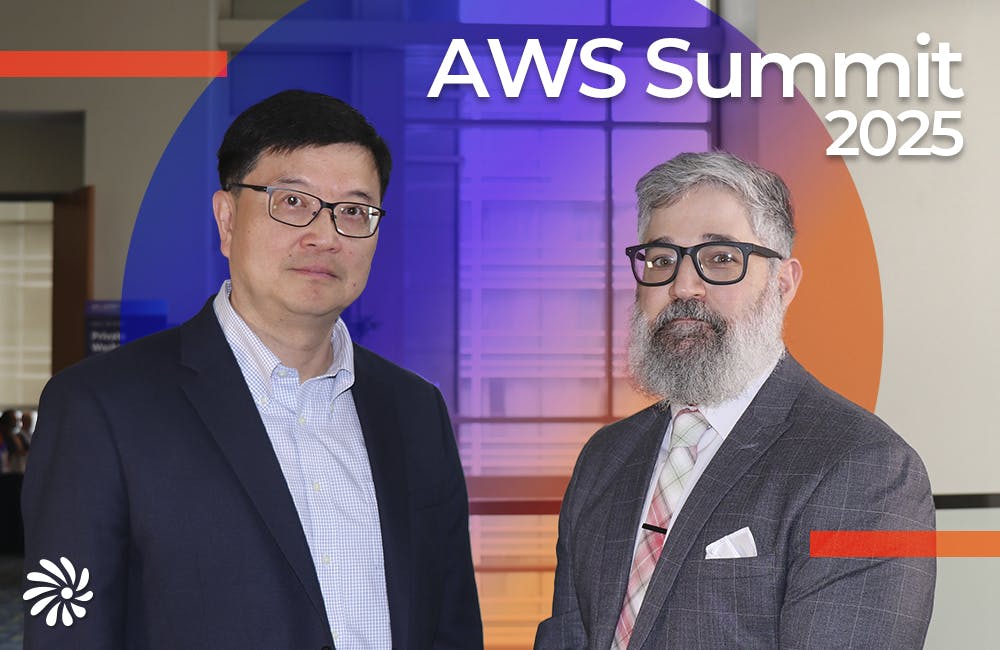Know Your Risk Amid Tensions with Iran, CISA Advises
The agency encourages all organizations to review its cyber and physical security procedures.

The first days of 2020 have been a roller coaster for those involved with and adjacent to defense and national security issues.
Following the American strike on Iranian general Qassem Soleimani, experts have speculated about the prospect of war or sustained conflict with Iran, amid a flurry of deployments, debates, counterstrikes, announcements and tweets. As some of these experts discussed the risk of Iran retaliating through a cyberattack, DHS’ Cybersecurity and Infrastructure Security Agency (CISA) issued insight on increased geopolitical tensions and threats and what they mean for securing networks and infrastructure in the U.S.
“Review your organization from an outside perspective and ask the tough questions,” the notice recommends. “Are you attractive to Iran and its proxies because of your business model, who your customers and competitors are, or what you stand for?”
This levelheaded approach echoes what CISA Director Chris Krebs stressed at the 2019 CISA Cybersecurity Summit last September.
“Stop selling fear,” he said. “Fear sells, but we have so much more to offer.”
While there are fundamental risks in the infrastructure that both the public and private sector should be aware of, he added, discussing ways to mitigate that risk is a far more practical strategy than focusing on the fear, which merely undermines confidence.
The latest CISA insight discusses potential threats to infrastructure as well. CISA recommends that all organizations ask 15 questions, listed on its website, regarding both cyber and physical security. It offers guidance on developing and refining response plans to an active shooter or bomb threat, underscoring “plans must be exercised to be effective.” Other guidance sits at the intersection of cyber and physical security, encouraging organizations to inventory “keys, access cards, uniforms, badges and vehicles” and review the management processes governing these items.
CISA’s guidance should be treated as an opportunity to review organizational security posture rather than a warning of an imminent attack. Earlier in the week, experts said that the threat of an offensive waged wholly online is unlikely. Last year, James Andrew Lewis of the Center for Strategic and International Studies wrote, “Iran has probed U.S. critical infrastructure for targeting purposes. How successful an attack would be is another matter.”
Unlike conventional weaponry, a worm, virus or other information threat vector is only effective once, and after it is used (if not before), the vulnerability it exploits is patched. While Iran is a capable actor, the U.S. also has a robust defensive capability, Lewis said. Most high-value targets on federal networks are protected against current-day threat vectors, and Iranian cyber operators are unlikely to see the value in launching ransomware against a local utility company or regional network like a school district.
A larger-scale attack — say, one that causes a turbine at a major U.S. power plant to explode — is physically possible but much more likely to be considered an escalation, said Lewis.
Thomas Rid, a professor at the Johns Hopkins University School of Advanced International Studies, agrees. In his 2011 article and 2013 book, Cyber War Will Not Take Place, he challenged the conventional wisdom at the time that future wars might take place entirely in cyberspace. Rather, Rid said, cyberspace is a new domain of warfare that would accompany conventional warfare instead of replacing it. Additionally, most attacks are difficult to attribute, and most intrusions take the form of espionage or sabotage, not destruction of life and physical property.
Should the U.S. declare war upon Iran or vice versa, Iran is a sophisticated enough actor that offensive measures such as distributed denial of service attacks on American networks and takedowns of industrial control systems are not out of the question, he added.
For now, however, CISA advised agencies and other organizations to take the following action steps:
- “Prepare your organization for rapid response by adopting a state of heightened awareness.” Along with the second action step below, CISA recommends “reviewing your security and emergency and preparedness plans” to ensure there are no stumbles should the need to execute it arise.
- “Increase organizational vigilance” — take the time to do an audit of your security practices to ensure your capabilities cover known vulnerabilities, and ensure your teams know how to look for indicators of compromise (IOCs) connected to Iranian actors. Most importantly, ensure everyone knows the procedures for responding to security incidents.
- “Confirm reporting processes” — have a plan for reporting in place. As HHS CISO Janet Vogel said on CyberCast, reporting incidents to relevant federal agencies like CISA and HHS allows them to provide assistance in how to respond and to share that information across the federal space to protect others from the threat.
- “Exercise your incident response plan” — while most if not all organizations already have an incident response plan in place, CISA advises practicing that plan to ensure that “personnel are positioned to act in a measured, calm and unified manner.”
- “Confirm offline backup” — especially in the case of ransomware, restoring systems from backups may take several days and result in substantial lost business, but nowhere near the time and money lost to an attack with no way of recovery.
Emphasizing its role as “the nation’s risk advisor,” CISA encourages any organizations that have questions, information about a potential compromise, or a need for help in protecting its physical and online presence to reach out for assistance.
This is a carousel with manually rotating slides. Use Next and Previous buttons to navigate or jump to a slide with the slide dots
-

Modernizing Critical Infrastructure in the Face of Global Threats
Officials are expanding the latest strategies in boosting defense infrastructure, including securing satellite communications, upgrading enterprise-wide technology, optimizing data management.
20m watch -

DOD Accelerates Software Modernization with Agile DevSecOps Push
The Pentagon's software implementation plan tackles cultural hurdles and integrates security early to deliver critical capabilities faster.
6m read -

VA's Platform One Powers Rapid Innovation to Bolster Digital Services
VA's Platform One accelerates software development timelines from weeks to hours, ultimately enhancing digital services for veterans.
5m read -

The Next AI Wave Requires Stronger Cyber Defenses, Data Management
IT officials warn of new vulnerabilities posed by AI as agencies continue to leverage the tech to boost operational efficiency.
5m read -

Federal CIOs Push for ROI-Focused Modernization to Advance Mission Goals
CIOs focus on return on investment, data governance and application modernization to drive mission outcomes as agencies adopt new tech tools.
4m read -

DOD Can No Longer Assume Superiority in Digital Warfare, Officials Warn
The DOD must make concerted efforts to address cyber vulnerabilities to maintain the tactical edge, military leaders said at HammerCon 2025.
4m read -

Tracking CIOs in Trump's Second Term
Stay informed on the latest shifts in federal technology leadership as new CIOs are appointed and President Trump's second term takes shape.
6m read -

Inside Oak Ridge National Lab’s Pioneer Approach to AI
Energy Department’s Oak Ridge National Lab transforms AI vulnerabilities into strategic opportunities for national defense.
22m listen -

AWS Summit: Innovation Accelerates IT Delivery at DOD
Marine Corps Community Services is tackling outdated IT processes with agile development and cutting-edge cloud security to deliver mission-critical capabilities faster.
12m watch -

AWS Summit: NIST Secures High-Performance Computing Against Evolving Threats
NIST’s Yang Guo reveals the broad attack surface of high-performance computing and explains developing guidance and future-proofing security strategies.
9m watch -

Trump Overhauls Federal Cybersecurity with New Executive Order
The new directive aims to strengthen digital defenses while rolling back "burdensome" software requirements and refocusing AI security.
3m read -

AWS Summit: Forging Successful Cloud Modernization Partnerships
Industry leaders share insights on the critical role industry partnerships have in enabling government agencies to navigate procurement challenges for cloud and zero trust solutions.
24m watch Partner Content
















